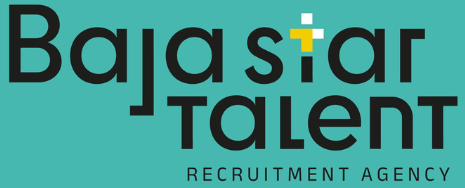Discovering your leadership style can help you improve your performance, empower your team, and better adapt to the challenges of today’s workplace. This simple, practical test will help you identify your profile and strengthen your skills.
In a work environment that is increasingly dynamic and people-focused, identifying each employee’s leadership style is key to building strong teams, making effective decisions, and supporting organizational well-being.
That’s why we created a brief situational test to help determine whether someone leans toward transformational, authoritarian, democratic, or coaching leadership. This tool can be used in internal training programs, talent identification processes, or potential assessments within any organization.
Knowing your leadership style doesn’t mean putting yourself in a box. On the contrary—it’s an opportunity to recognize your strengths and areas for improvement, and to adapt more flexibly to your team’s needs.

Test: What Kind of Leader Would You Be?
Instructions: Answer the following eight scenarios honestly. Note the letter that best reflects what you would do in each situation. At the end, identify which letter you selected most frequently to discover your leadership style.
- A team member makes a major mistake. How do you respond?
A) You firmly explain what went wrong and set clear consequences.
B) You invite them to reflect on the situation and help them learn from it.
C) You bring the team together to analyze what could be improved.
D) You provide constructive feedback and suggest working together on a solution. - How do you typically make important decisions?
A) On your own—quickly and confidently.
B) After listening to others, but following your own intuition.
C) Through team consensus.
D) By guiding others to find their own answers. - What matters most in your relationship with your team?
A) That they respect hierarchy and fulfill their roles.
B) That they feel inspired and committed to a shared vision.
C) That there’s trust and active participation.
D) That they develop their skills and grow professionally. - When assigning tasks…
A) You give detailed instructions and expect specific results.
B) You share the overall goal and allow flexibility in how to reach it.
C) You ask who’s willing to take it on and negotiate the distribution.
D) You support each person based on their experience level. - How do you motivate your team?
A) With clear rewards and penalties.
B) By showing enthusiasm and a sense of purpose.
C) By listening to their ideas and recognizing team efforts.
D) Through individual development and ongoing coaching. - What do you do when there’s a conflict between colleagues?
A) Step in quickly and decide who’s right.
B) Propose a conversation to align interests.
C) Act as a mediator to facilitate dialogue.
D) Help them find their own solutions. - In your ideal vision, a team should be…
A) Efficient, disciplined, and results-driven.
B) Committed, innovative, and mission-oriented.
C) Participatory, flat, and collaborative.
D) Autonomous, flexible, and focused on learning. - What leadership role do you enjoy most?
A) The one who makes decisions and maintains order.
B) The one who inspires and leads change.
C) The one who facilitates and coordinates.
D) The one who guides, listens, and supports.
Results
Mostly A: Authoritarian Leader
You are direct, structured, and action-oriented. You make decisions quickly and prefer to stay in control. This leadership style is effective in crisis situations or highly structured environments that require discipline and clear direction.
Mostly B: Transformational Leader
Your strength lies in inspiring and setting the vision. You drive change with a forward-thinking mindset, energize your team, and motivate others with a strong sense of purpose.
Mostly C: Democratic Leader
You value participation and collective input. You promote dialogue, transparency, and a sense of belonging. This style works well in collaborative cultures and consensus-driven teams.
Mostly D: Coaching Leader
You focus on the individual growth of your team members. You listen actively, ask powerful questions, and support development processes. This style builds trust, autonomy, and deep commitment over time.
Knowing your leadership style is not a final destination—it’s a starting point. The most effective leaders are those who can blend different approaches based on the moment, the team, and the challenge at hand. Are you ready to discover yours?
